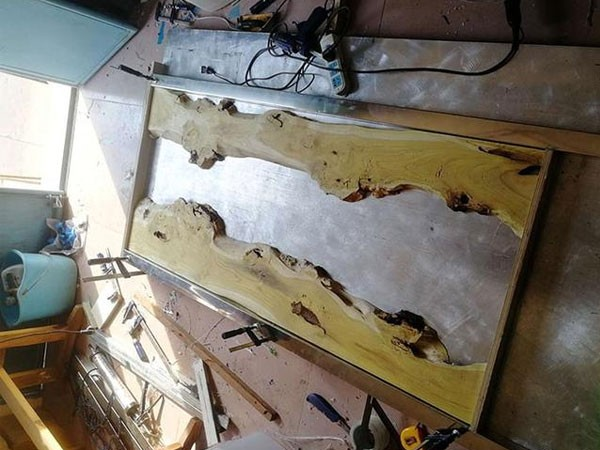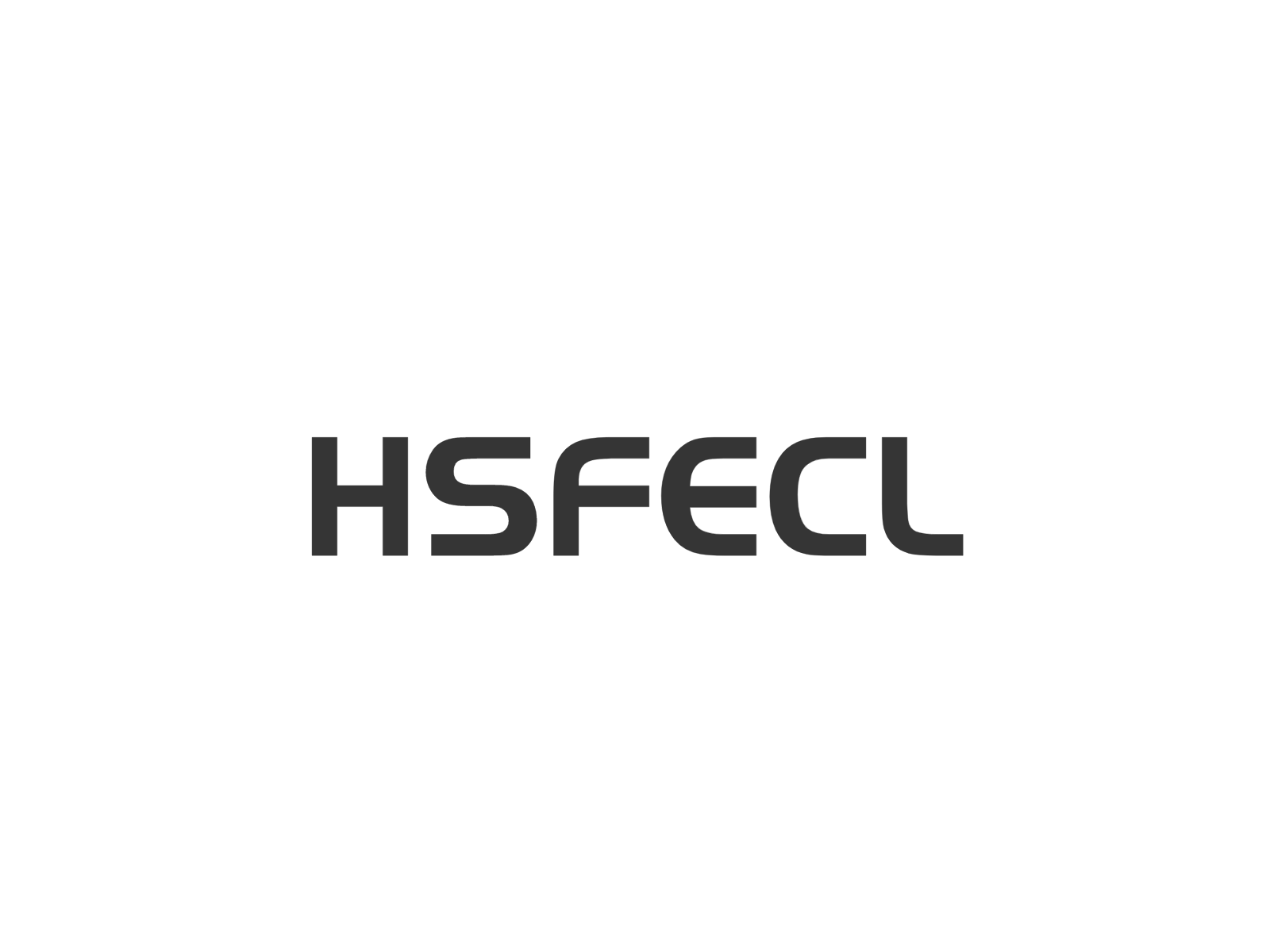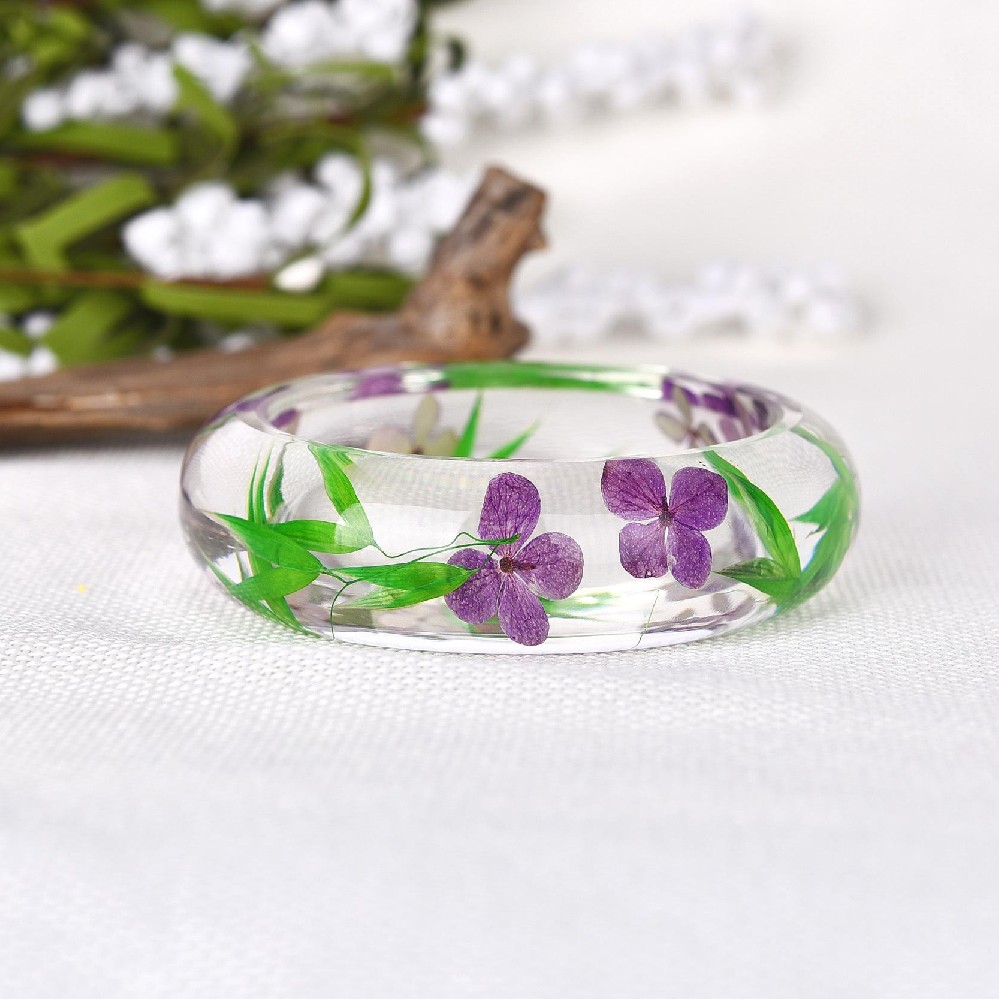
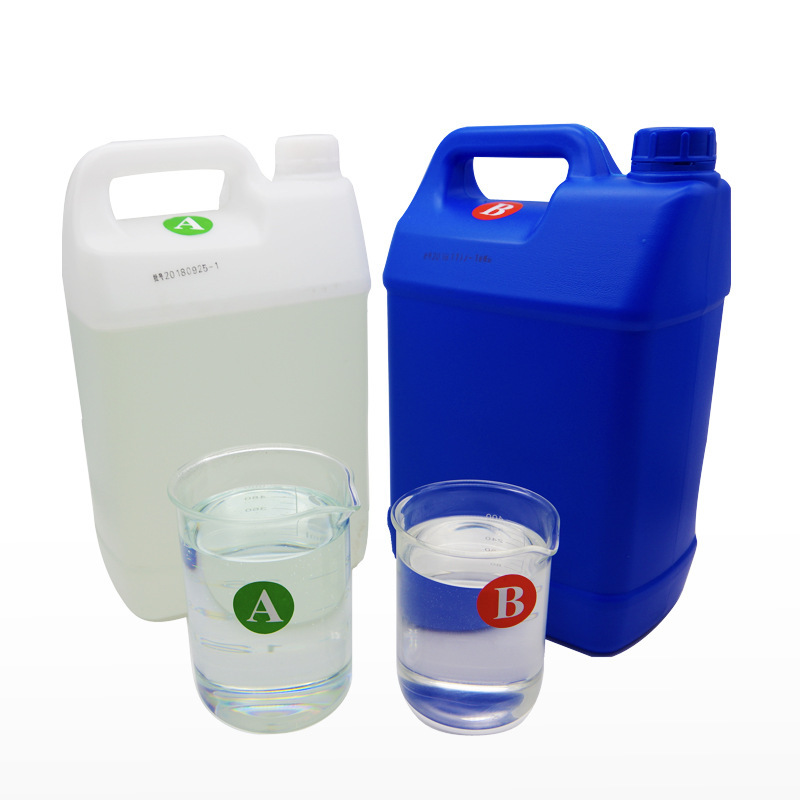
The difference between epoxy resin glue and epoxy AB glue
Epoxy Resin Adhesives vs. Epoxy AB Adhesives: Key Differences in Composition, Performance, and Applications
Epoxy resin adhesives and epoxy AB adhesives are two common types of adhesives based on epoxy resin, but they exhibit notable differences in composition, performance, and applications.
1. Composition and Mix Ratio
Epoxy resin adhesives generally refer to formulations where epoxy resin serves as the primary component, requiring mixing with a curing agent to initiate the curing process. The mix ratio of these adhesives can be adjusted according to specific application needs, allowing customization for varying bond strengths and performance requirements. In contrast, epoxy AB adhesives are a specific type of epoxy-based adhesive system: Component A contains the epoxy resin, while Component B contains the curing agent, and they must be mixed at a fixed ratio (typically specified by the manufacturer) for proper curing.
2. Curing Time and Conditions
Epoxy resin adhesives typically have a longer curing time and require specific temperature and humidity conditions to fully cure. This makes them ideal for applications demanding high chemical resistance, such as industrial bonding in harsh environments. Epoxy AB adhesives, however, cure rapidly at room temperature, offering significantly shorter curing times. This fast-setting feature makes them suitable for scenarios requiring quick bonding, such as temporary fixes or time-sensitive assembly.
3. Bond Strength and Application Scopes
Epoxy AB adhesives generally exhibit higher ultimate bond strength after curing, making them compatible with a wide range of materials including metals, plastics, and rubbers. They are widely used in industries like electronics, electrical devices, automotive manufacturing, and aerospace, where strong, durable bonds are critical. Epoxy resin adhesives, due to their longer curing time and superior chemical resistance, are more commonly utilized in applications where resistance to solvents, acids, or other corrosive substances is a priority (e.g., chemical processing equipment or marine coatings).
4. Operational Environment and Ease of Use
Epoxy resin adhesives can cure at room temperature, making them suitable for both indoor and outdoor use. They can be mixed manually or with specialized equipment like AB adhesive guns, offering flexibility for both DIY projects and industrial applications. Epoxy AB adhesives, driven by their fast-curing nature, are particularly well-suited for high-speed industrial production lines, enabling efficient bonding and part fixation in assembly processes.
5. Performance Characteristics
Epoxy resin adhesives are valued for their excellent adhesive properties and outstanding chemical resistance, making them versatile for bonding diverse materials in challenging environments. Epoxy AB adhesives, conversely, are favored for their rapid curing, high bond strength, and good toughness, making them a top choice for bonding electronic components, crafting intricate assemblies, or any application requiring quick load-bearing capabilities.
While both adhesives are rooted in epoxy resin technology, their differences in composition, curing speed, bond strength, and chemical resistance cater to distinct needs. Epoxy resin adhesives excel in chemically harsh environments, while epoxy AB adhesives dominate in industrial settings demanding speed and high-strength bonds. Understanding these distinctions is essential for selecting the right adhesive to meet the specific requirements of any project or manufacturing process.
